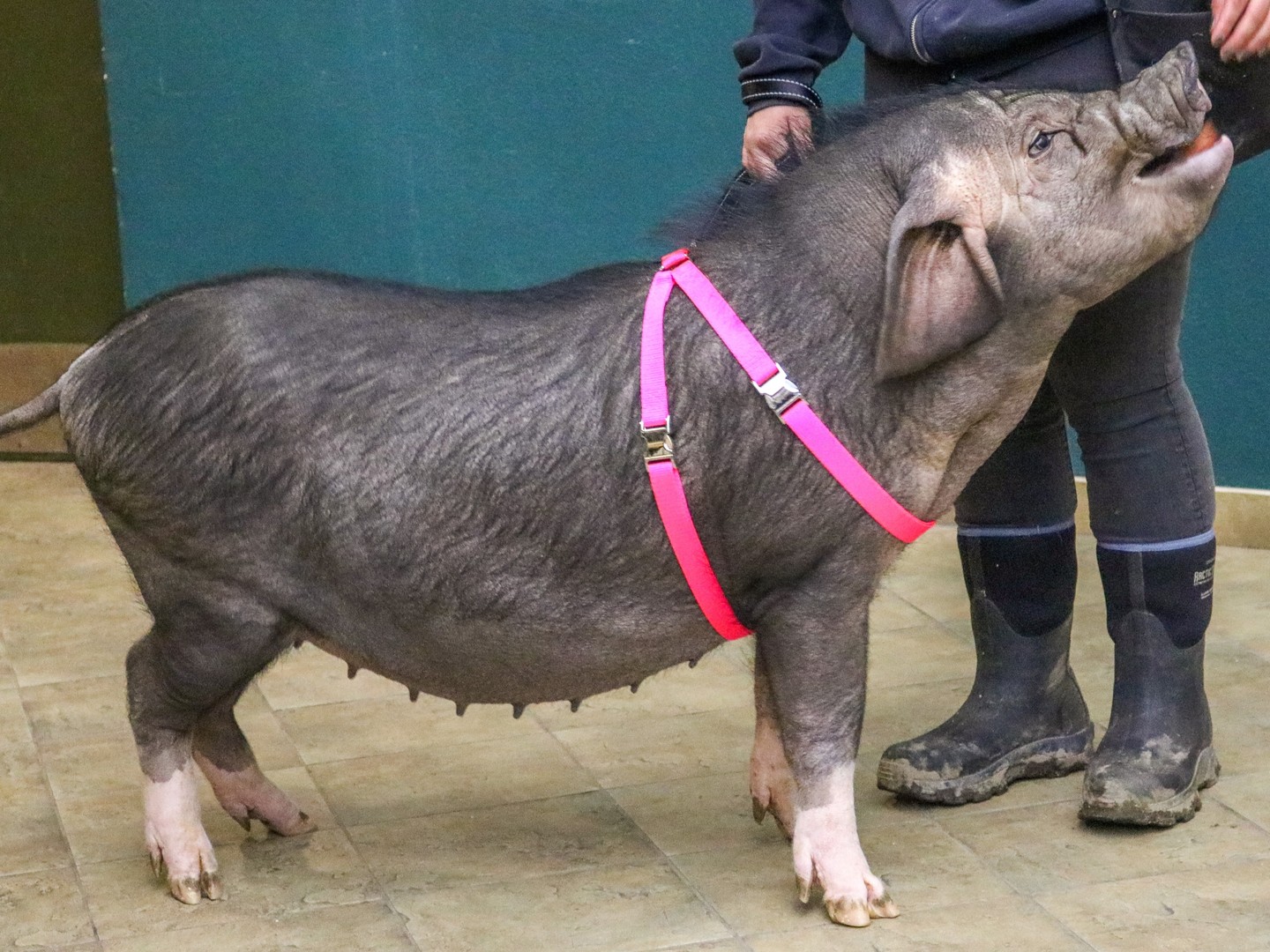- Understanding ungulates as hoofed mammals
- The anatomical characteristics of ungulates
- The ecological significance and diverse habitats of ungulates
- Importance of hoof care and its management
- Conservation challenges and efforts for ungulate species
Ungulates, a term derived from the Latin word “ungula” meaning hoof, encompass a diverse group of mammals characterized by their distinctive hooves. These animals include well-known species such as horses, cows, deer, and pigs, and they are further classified into two broad categories—perissodactyls and artiodactyls. Perissodactyls, such as horses and rhinoceroses, exhibit an odd number of toes, while artiodactyls, including cattle and giraffes, possess an even number of toes. This classification reflects significant evolutionary adaptations and ecological roles that ungulates fulfill in their environments.
The anatomy of ungulates is fascinating and plays a pivotal role in their survival. Their hooves are primarily composed of keratin, the same protein that forms human fingernails and hair. This keratinous structure provides vital protection and support as these animals traverse various terrains. Unlike claws or paws, hooves are adapted to bear weight and are particularly suited for life on land. They allow ungulates to run at high speeds and navigate rough landscapes effectively. The continuous growth of hooves necessitates regular trimming, a task typically performed by a licensed farrier or hoof-care specialist. This routine care is crucial for maintaining the health of ungulate species, preventing issues like laminitis or other hoof-related ailments.
Ungulates inhabit a wide array of ecosystems, showcasing their adaptability to different environments. Grasslands, forests, deserts, and mountains host diverse species, each playing a unique role in its habitat. For example, deer in forests contribute to seed dispersal, while bison in grasslands impact vegetation structure through grazing. These interactions highlight the ecological significance of ungulates; they help maintain biodiversity by influencing plant growth and serving as prey for predators. Some ungulates even participate in the nutrient cycling process, as their waste products enrich the soil, benefiting numerous organisms within their ecosystem.
Despite their importance, ungulates face significant conservation challenges. Habitat loss due to human encroachment is a primary factor threatening many species. Deforestation, urban development, and agricultural expansion reduce available land, forcing ungulates into smaller, fragmented habitats. Additionally, poaching for meat and trophies poses considerable risks. Conservation efforts emphasize the need for habitat preservation, legal protection, and community engagement. Collaborative initiatives involving local populations can enhance awareness and foster sustainable practices that benefit both ungulates and humans.
Central to the long-term welfare of ungulates is the management of their hoof health. Hoof care is vital, not just for domestic species like horses and cattle but also for wild ungulates. Regular inspection and maintenance can prevent many health issues. Recognizing the signs of distress, such as uneven wear or lameness, is fundamental for caretakers. In managed settings, such as zoos or wildlife reserves, veterinary professionals conduct routine examinations to mitigate risks. For wild populations, however, the situation is more complex. Environmental stresses and natural wear should be monitored, emphasizing the need for ongoing research into wild hoof health.
The diversity within ungulate species is essential for understanding their evolutionary history and ecological roles. Some species have developed specific adaptations suited to their environments. For example, mountain goats possess specialized hooves that enhance their grip on rocky surfaces. Conversely, species like zebras have evolved to use their speed and agility to evade predators in open savannahs. Understanding these adaptations enables conservationists to better appreciate the requirements of different species and devise appropriate management strategies.
In the face of changing climates and altered ecosystems, ungulate conservation becomes increasingly important. Many species are vulnerable to shifts in temperature and food availability resulting from global climate change. Research supports the notion that understanding ungulate behavior and their interactions with the environment is essential for effective conservation strategies. Monitoring populations and assessing habitat quality are critical steps in identifying at-risk species and implementing necessary protections.
Moreover, educational initiatives to raise awareness about the challenges faced by ungulates can foster greater public engagement in conservation efforts. zoos and wildlife centers play a crucial role by creating informative programs that highlight the significance of these animals. Through animal encounters, educational talks, and interactive exhibits, institutions can inspire visitors to take an active interest in the welfare of ungulates and the ecosystems they inhabit.
Ultimately, ungulates represent a vital component of our planet’s biodiversity. Their role in ecosystem functioning cannot be overstated. By investing in research, habitat preservation, and community-involved conservation efforts, society can ensure the survival of both ungulates and the ecosystems they help maintain. Awareness and education are keys to fostering a culture of environmental stewardship that prioritizes the needs of all species, including the impressive ungulates that enrich our world.
As we learn more about these remarkable hoofed mammals, the continuous effort to balance human needs with conservation will shape the future for ungulates and their habitats. Through collaborative initiatives, informed management practices, and widespread educational initiatives, we can continue to enhance our understanding and commitment to preserving these essential species. Promoting policies that protect their habitats and ensuring sustainable practices in agriculture and land development will be vital in securing their future.
Engagement with local communities that depend on ungulates for their livelihood can lead to innovative solutions that benefit both people and wildlife. By emphasizing the role of ungulates in local economies, such as ecotourism and sustainable agriculture, it becomes possible to foster a relationship where both human well-being and wildlife conservation coexist harmoniously.
Keeping ungulates healthy, managing their habitats, and nurturing public interest are fundamental to sustaining their populations. Continued research into their biology, behavior, and interactions with ecosystems will provide invaluable insights as we face the challenges ahead. Understanding ungulates is pivotal not only for their conservation but also for the overall health of the environments in which they thrive.
Every effort we make towards conservation matters. The survival of ungulates is linked intricately to broader ecological health, influencing countless other species and habitats. Thus, empowering people with knowledge about ungulates, their needs, and their contributions to the biosphere is crucial. Each individual can make a difference, promoting a future where these amazing hoofed mammals continue to roam the Earth alongside us.
*****
Source Description
Today is What is an ungulate, you ask? Well, it’s simply a fancy word for a hoofed mammal! Animal hooves are primarily made of keratin, the same material human fingernails are made of. Like our fingernails, hooves grow continuously, and require regular trimming and shaping that is performed by a licensed farrier, or a hoof-care specialist.


